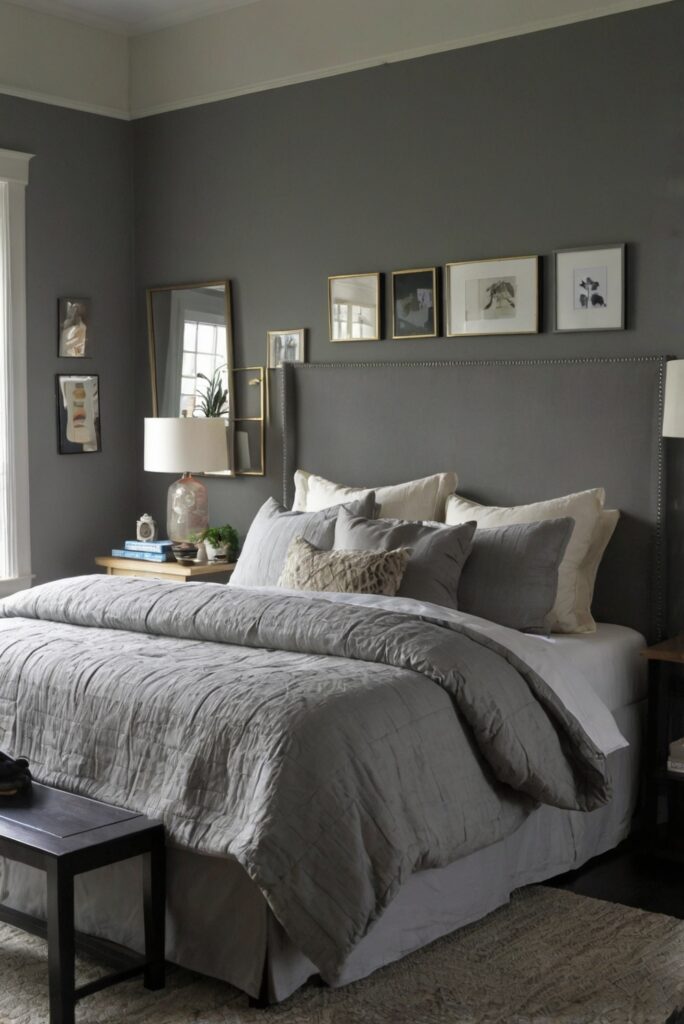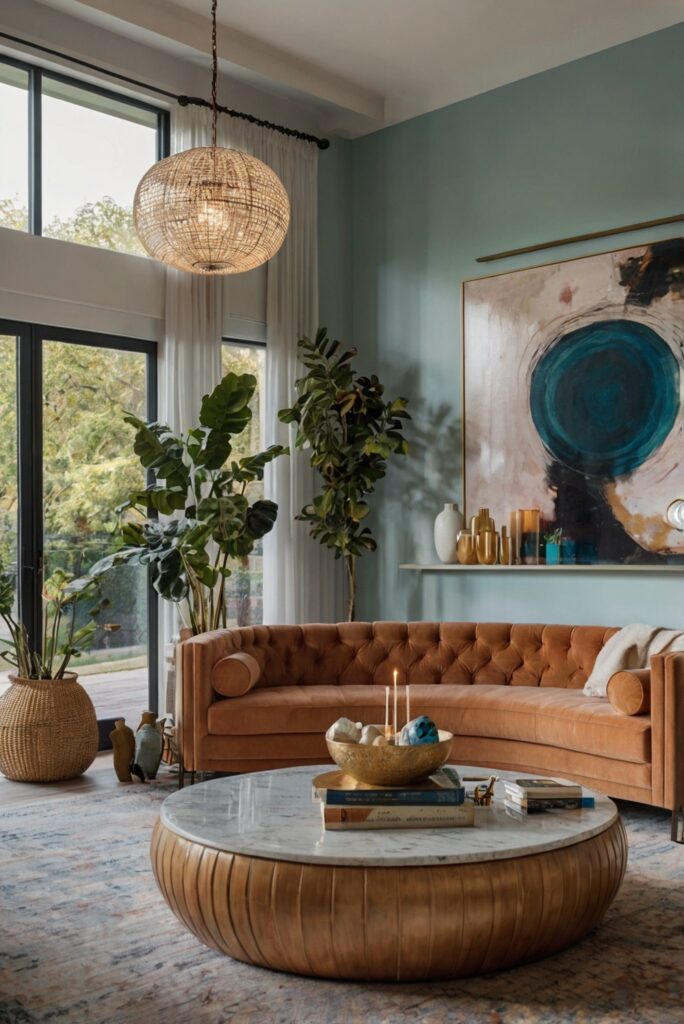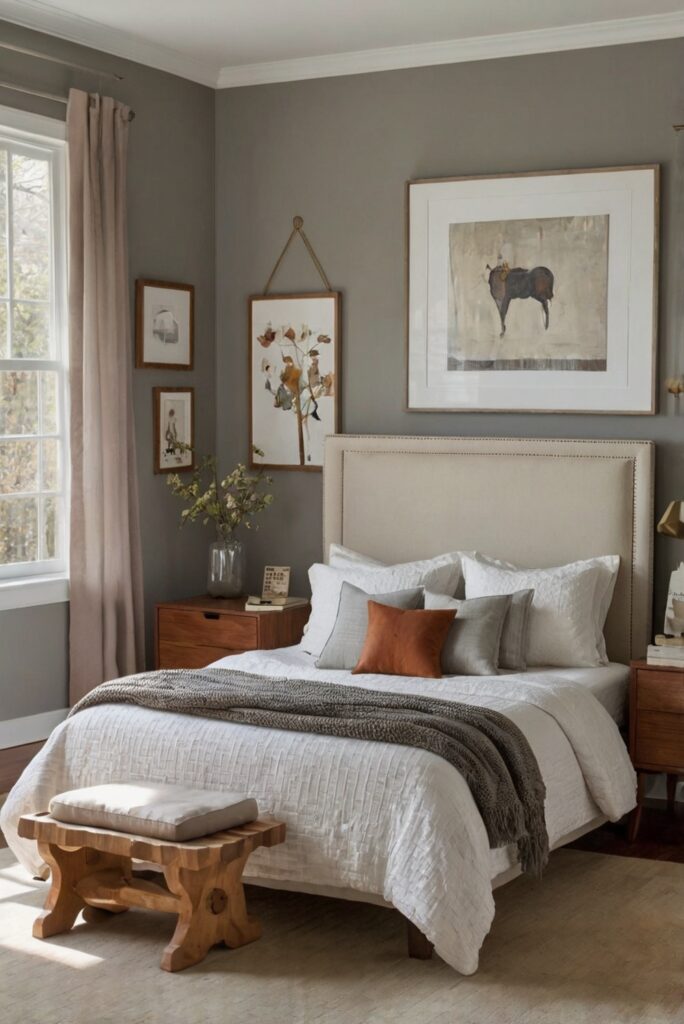Discover the secrets of using paint to craft a unique headboard for your bedroom. Dive into this daily interior designer routine to transform your space with custom decor.
To create a custom headboard in your bedroom using paint, follow these steps as part of your home decor routine:
1. Begin by selecting a base color for the headboard that complements your bedroom interior design.
2. Use primer paint for walls as a base coat to ensure proper adhesion and a smooth finish.
3. Consider color matching painting with existing elements in the room for a cohesive look.
4. Choose a designer wall paint for the desired finish and apply it evenly on the headboard surface.
5. Experiment with different techniques like stenciling or ombre to add a unique touch to the headboard.
6. Complete the look by coordinating the paint color with other home paint colors in your bedroom.
By following these steps, you can easily create a personalized headboard that enhances your home decor interior design and adds a touch of creativity to your space.
Create a Design:
To start, the first step in using paint to create a custom headboard for your bedroom is to **create a design**. This is where your creativity can shine! Consider the overall theme of your bedroom and the color scheme you want to incorporate. You can choose a simple geometric design, a bold pattern, or even a mural. Sketch out your design on paper first to get a visual idea of how it will look on your headboard.
Gather Your Materials:
Next, gather all the **materials** you will need for this project. This includes paint in the colors of your choice, paintbrushes in various sizes, painter’s tape, a drop cloth to protect your floor, and any stencils or templates you may want to use. Make sure you have everything you need before starting to ensure a smooth painting process.
Prepare the Surface:
Before you start painting, it is essential to **prepare the surface** of your headboard. If your headboard is wooden, sand it down lightly to create a smooth surface for the paint to adhere to. Wipe down the headboard to remove any dust or debris. If your headboard is upholstered, make sure it is clean and free of any stains before beginning the painting process.
Choose the Right Paint:
When it comes to painting your headboard, it is crucial to choose the right type of **paint**. Acrylic paint is a popular choice for DIY projects as it is easy to work with, dries quickly, and is available in a wide range of colors. Make sure to select paint that is suitable for the material of your headboard and consider using a primer for better adhesion and coverage.
Apply the Paint:
Once you have your design in mind, your materials ready, and the surface prepared, it’s time to **apply the paint**. Start by outlining your design with painter’s tape to create clean and crisp lines. Use a small paintbrush for detailed work and a larger brush for filling in larger areas. Take your time and work methodically to ensure a professional-looking finish.
In conclusion, using paint to create a custom headboard in your bedroom is a fun and creative way to personalize your space. By following these steps and tips, you can transform a plain headboard into a stunning focal point that reflects your style and personality. Don’t be afraid to experiment with different colors and designs to find the perfect look for your bedroom. With a little time and effort, you can create a headboard that is truly one-of-a-kind.
1. How can I choose the right paint colors for my custom headboard?
Choosing the right paint colors for your custom headboard involves considering the overall color scheme of your bedroom. You can opt for a color that complements the existing decor or choose a bold accent color to make a statement. It’s important to consider the mood you want to create in the room – cool tones like blues and greens can create a calming atmosphere, while warm tones like reds and yellows can add a cozy feel. You can also experiment with different finishes like matte, satin, or gloss to achieve the desired look.
2. What type of paint should I use for creating a custom headboard?
When creating a custom headboard, it’s essential to choose the right type of paint to ensure durability and a professional finish. Acrylic paint is a popular choice for headboard projects as it dries quickly, is easy to clean, and comes in a wide range of colors. You can also opt for chalk paint for a matte, vintage look, or spray paint for a smooth, even finish. Make sure to use a primer before painting to ensure the paint adheres properly to the surface and lasts longer.
3. How can I add texture or patterns to my custom headboard using paint?
To add texture or patterns to your custom headboard using paint, you can get creative with different painting techniques. One popular method is stenciling, where you use a stencil to create intricate patterns or designs on the headboard. You can also use a sponge or rag to create a textured effect by dabbing or stippling the paint onto the surface. Another option is to use painter’s tape to create geometric shapes or stripes for a modern look. Experimenting with different tools and techniques can help you achieve a unique and personalized headboard design.
4. Are there any tips for achieving a professional-looking finish when painting a custom headboard?
Achieving a professional-looking finish when painting a custom headboard requires careful preparation and attention to detail. Start by sanding the surface of the headboard to create a smooth base for the paint. Use painter’s tape to mask off any areas you want to keep paint-free and protect surrounding surfaces from drips or spills. Apply thin, even coats of paint, allowing each layer to dry completely before adding the next. For a smooth finish, use a high-quality paintbrush or roller and avoid overloading it with paint. Finally, apply a clear coat or sealer to protect the paint and ensure long-lasting results.
5. How can I personalize my custom headboard with paint to reflect my style?
Personalizing your custom headboard with paint is a great way to showcase your unique style and personality. You can incorporate elements like your favorite colors, patterns, or motifs that resonate with you. Consider adding a monogram or quote using stencils or freehand painting to make the headboard truly yours. Experiment with different paint techniques like ombre, color blocking, or faux finishes to create a one-of-a-kind look. Don’t be afraid to get creative and think outside the box – your custom headboard should reflect your individual taste and make a statement in your bedroom.



